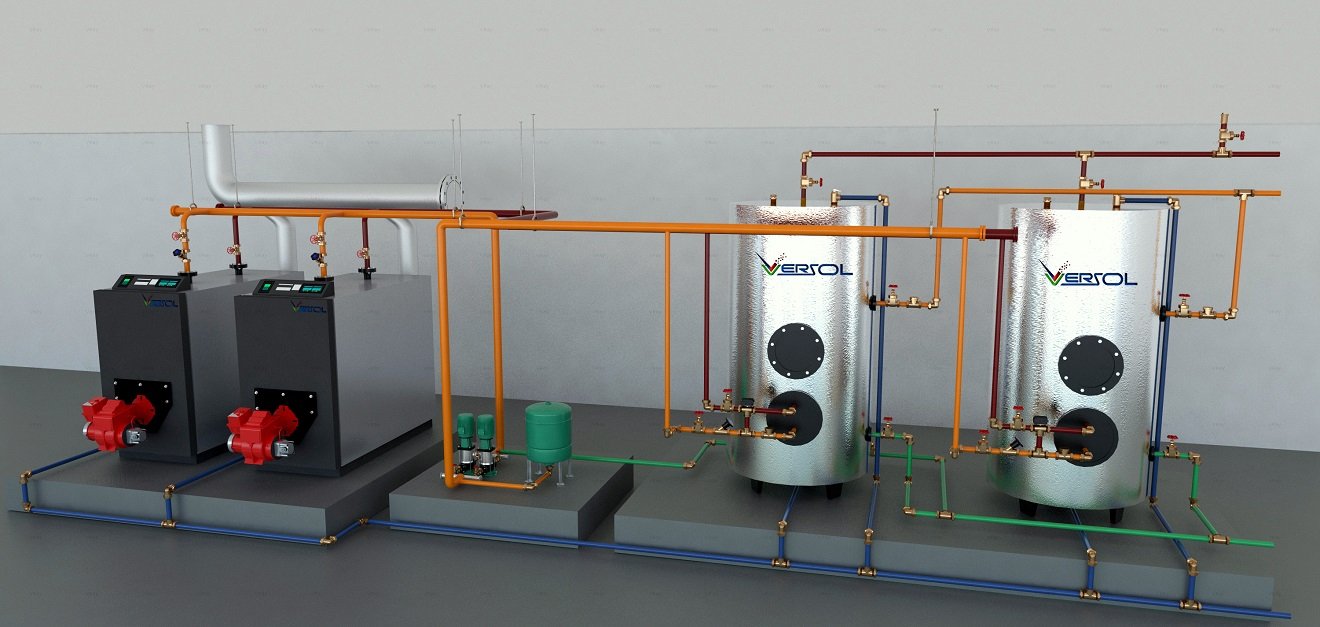In the right location, a centralized hot water system using boilers, solar or a heat pump can offer both improved efficiency and increased energy savings when compared to the standard tank-style water heaters. How do these systems work and are the right for your home? Let’s take a closer look.
Boilers and Solar Heating Systems
A boiler system is self-explanatory as a heat source is used to increase the temperature of the water, keeping it at a pre-determined setting. A solar system acts much in the same way only the sun is the heat source and it may take much longer for the water to reach the desired temperature as compared to a boiler.


How a Heat Pump Works
A heat pump is more complicated as it has three basic components: an evaporator, a compressor, and a condenser. The way these components work together is that liquid refrigerant is exposed to room-temperature air in the heat pump’s evaporator coil. The refrigerant then picks up energy from the room air, and becomes a gas within the evaporator coil. The refrigerant enters the compressor pump, which compresses the gas and increases its temperature. The heated refrigerant then runs through a condenser and gives up its heat to the colder water bringing it up to the predetermined temperature. Although that sounds like a complicated system, it is very efficient and requires very little maintenance.

Heat Loss

There is some heat loss with any hot water system and, while some systems are more effective at retaining heat than others, this is an expected occurrence. Some factors which account for heat loss include the walls of the storage tank and how well they are insulated, the temperature of the room in which the centralized hot water system is housed and hot water usage frequency. Whichever heat source you use, be it solar, heat pump or boiler, it is important that the heat storage tank be well-insulated to minimize any heat loss and increase the efficiency and cost savings of the unit itself.



